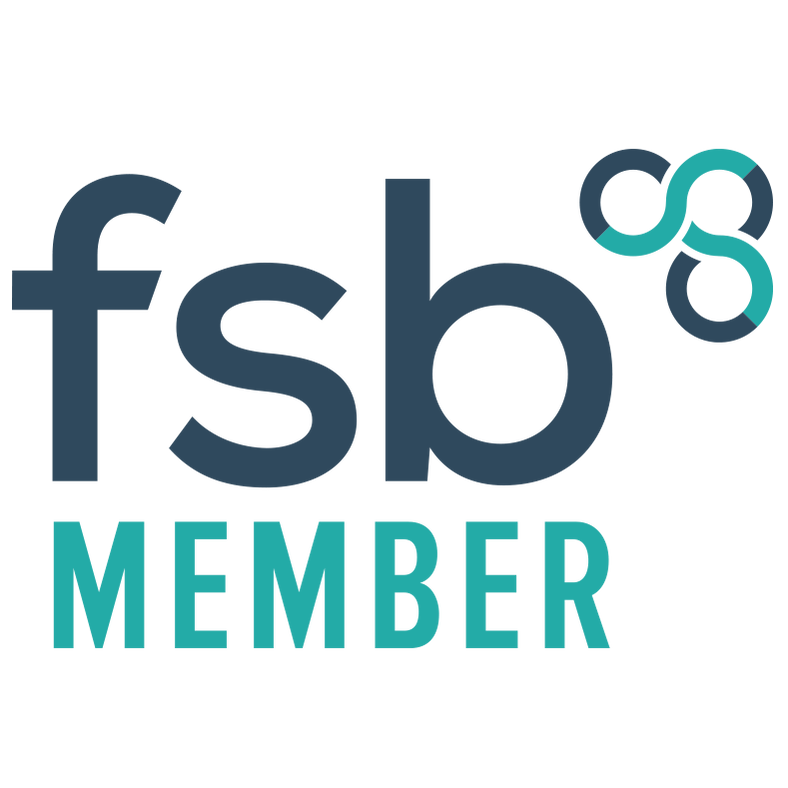Comic and dramatic monologues
The concept is formulaic as demonstrated in the original series. Designed as a series of vignettes in a modular format to be edited together in a variety of ways for different markets, linked by the host and by the venue itself. Read the TV Feature in the British Comedy Guide, (July 2022). The format has the capability of a long-run and also repeatability.
An Actors' Gift!
The Bright Thoughts IP and format for the original TV series utilises a repertoire of over 250 monologues dating from the 1890s as The Green Tie On The Little Yellow Dog which featured cameo performances by well known actors originally designed to be short 'filler' programmes for Channel 4 but were re-edited for transmission as 3 x 30 minute programmes.
Indeed, the repertoire needn't be limited to the Victorian era as the early monologues date back to the theatre of ancient Greece as well as the works of the Romantic poets like William Wordsworth and Samual Taylor Coleridge.
Remaining popular in the 20th century, T. S. Eliot and Ezra Pound wrote persona poems, and in the 1950s and 1960s, Gwendolyn Brooks, John Berryman, and Sylvia Plath all made notable contributions. Since the latter half of the 20th century, the form has taken on a political dimension as poets began writing dramatic monologues in the voices of misunderstood historical figures.
Indeed, the repertoire needn't be limited to the Victorian era as the early monologues date back to the theatre of ancient Greece as well as the works of the Romantic poets like William Wordsworth and Samual Taylor Coleridge.
Remaining popular in the 20th century, T. S. Eliot and Ezra Pound wrote persona poems, and in the 1950s and 1960s, Gwendolyn Brooks, John Berryman, and Sylvia Plath all made notable contributions. Since the latter half of the 20th century, the form has taken on a political dimension as poets began writing dramatic monologues in the voices of misunderstood historical figures.
Talking Heads
Each monologue is a small performance in its own right, designed to be heard and watched more than once, a mix of entertainment, comedy, and drama. Therefore, each item has a running time of between 2 minutes and 5 minutes targeted to an audience who appreciate the spoken work, the idea being rather like listening to music today using a ‘shuffle’ play-list, i.e. by random selection.
A celebrity host is the Master of Ceremonies of a dinner party at a posh London address with opulent eighteenth-century interiors, for example as used in the previous series and which provides a lavish backdrop.
Guests are all famous actors who each get up to perform a monologue to their contemporaries (as their audience) likened to after-dinner speeches. Indeed in the Victorian and Edwardian era one might enjoy after-dinner in the parlour and perhaps gathered around the piano.
The original scene captured rare and unique footage captured of outstanding and legendary actors from 1982/83, performances which most likely have not previously seen by today's audiences and therefore to be included.
A celebrity host is the Master of Ceremonies of a dinner party at a posh London address with opulent eighteenth-century interiors, for example as used in the previous series and which provides a lavish backdrop.
Guests are all famous actors who each get up to perform a monologue to their contemporaries (as their audience) likened to after-dinner speeches. Indeed in the Victorian and Edwardian era one might enjoy after-dinner in the parlour and perhaps gathered around the piano.
The original scene captured rare and unique footage captured of outstanding and legendary actors from 1982/83, performances which most likely have not previously seen by today's audiences and therefore to be included.
|
Vertical Divider
Curator Comments:
|
It's far too easy to let this programme format and concept for the Monologues slip under the radar when it has fantastic potential and without it requiring big production costs.
Channel 4 originally asked us to come up with an idea for lots of small vignettes, mini filler programmes to help even out their scheduling with a running time for each item being around 3 to 5 minutes. We came up with this modular format so that these performance pieces could be edited in a number of ways, as single vignettes, as a mini-series, as a 90 mins special, or in other combinations. They were designed to be shown more than once, in fact each of the single vignettes were intended to be used frequently as filler items. By the time they went to air however, the scheduling policies had changed within Channel 4, and so they were never shown as they were designed to be used. That said, the evidence is what it is. Looking into our Catalogue there are some extraordinary short performances of some now legendary actors and performers, largely rare and unseen footage. In any remake, we would more than likely extend the repertoire out of the constraints of the Victorian era. The format remains as viable and relevant now as it was then. And, actors still love doing them! |








